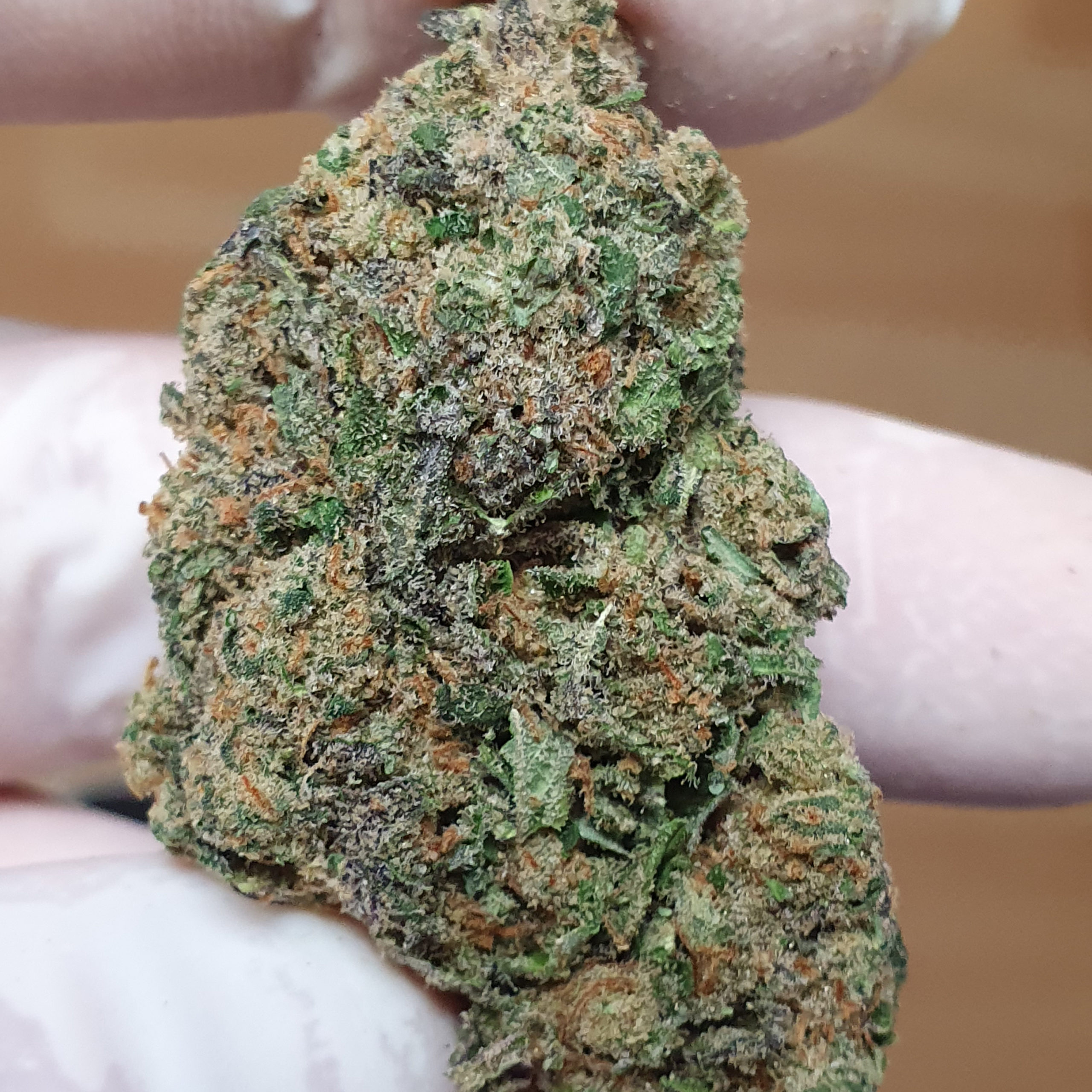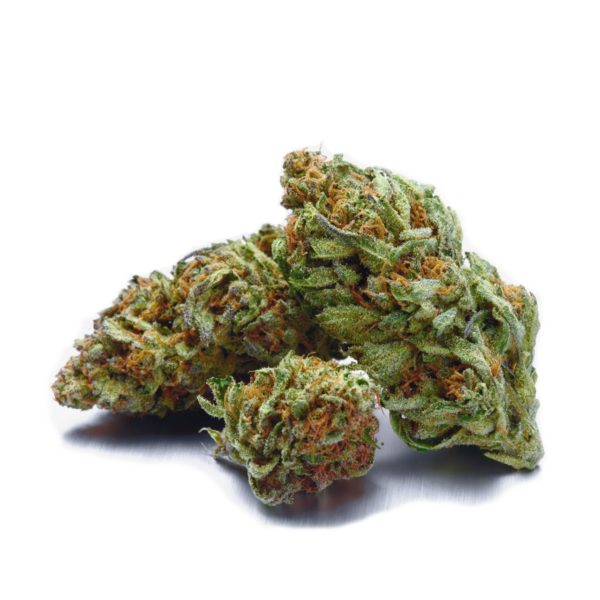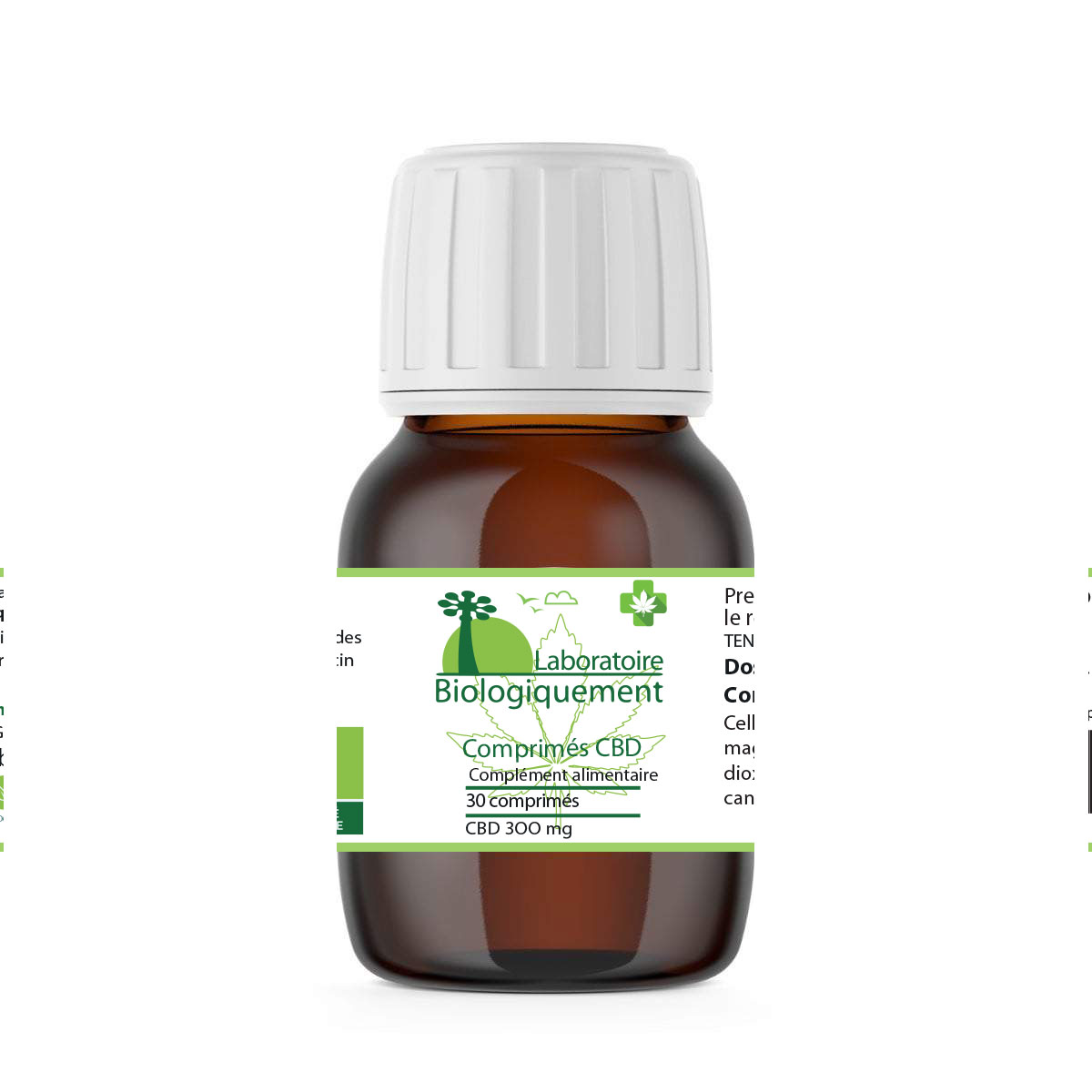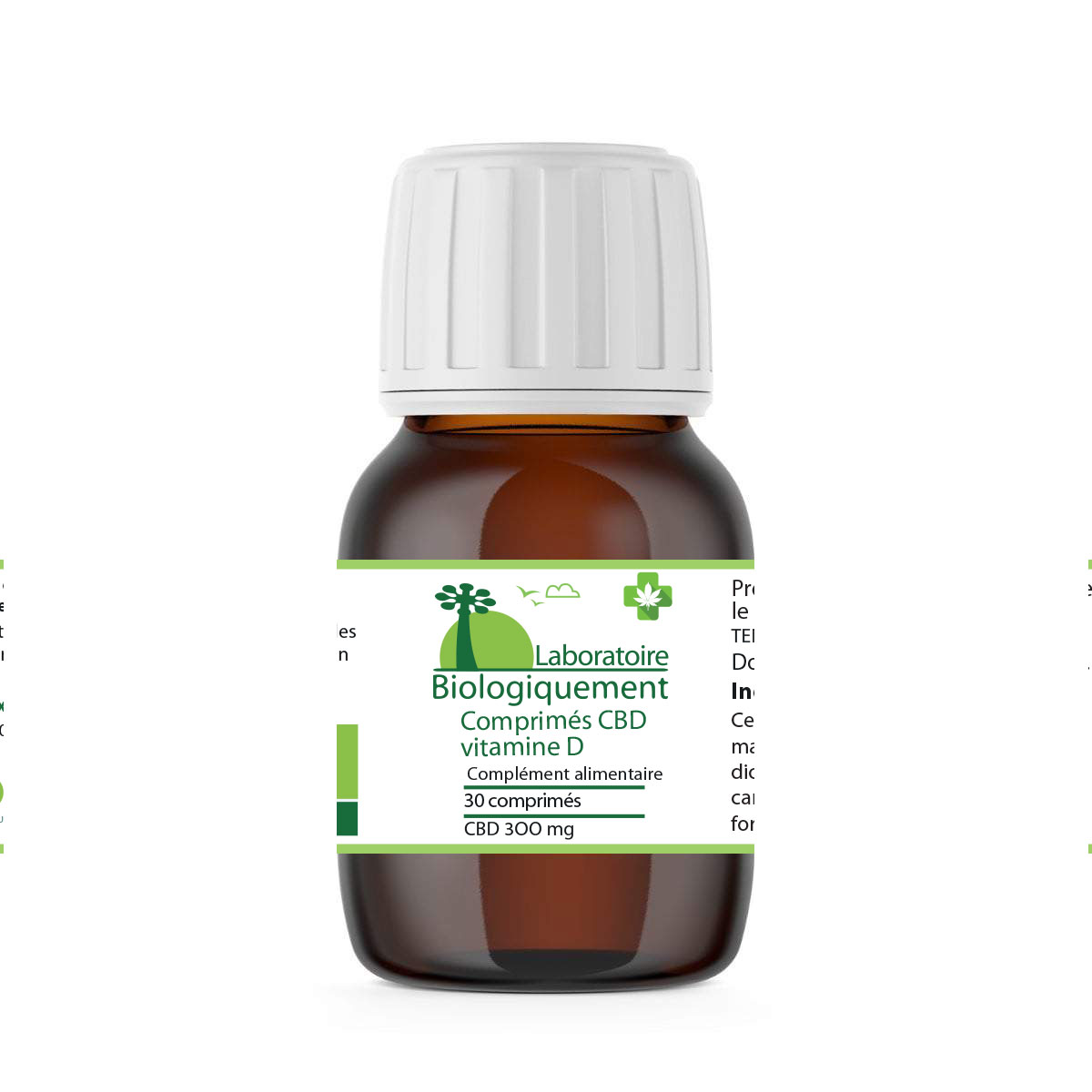Baobab powder is very nutritious. To obtain it, you can plant and grow your own baobab. We’ll explain you how to do it.
Species
Baobab is the common name of a genus (Adansonia) with eightspecies of trees, 6 species in Madagascar; 1 in Africa and 1 in Australia.
- Adansonia gregorii (A.gibbosa) or Australian Baobab (northwest Australia)
- Adansonia madaf Zascariensis or Madagascar Baobab (Madagascar)
- Adansonia perrieri or Perrier’s Baobab (North Madagascar)
- Adansonia rubrostipa or Fony Baobab (Madagascar)
- Adansonia suarezensis or Suarez Baobab Diego Suarez,(Madagascar)
- Adansonia za or Za Baobab (Madagascar)
The name Adansonia honours Michel Adanson, the French naturalist and explorer who described A. digitata.

General Background
One of the earliest written references to the Baobab tree was made by the Arabic traveller, Al-Bakari in 1068. In 1592, the Venetian herbalist and physician, Prospero Alpino, reported a fruit in the markets of Cairo as « BU HUBAB ». It is believed that the name is derived from the Arabic word Bu Hibab which means fruit with many seeds.
Common names include bottle tree and monkey bread tree. Baobab – derived from African fokelore « upside-down-tree ». The story is after the creation each of the animals were given a tree to plant and the stupid hyena planted the baobab upside-down.
The baobab is the national tree of MadagascarWatering Baobabs.
Once the leaves start turning yellow at the beginning of autumn – gradually slow down watenng. Stop watering when plus minus 50% of leaves turn yellow. Do not water trees during the dormant (winter) period. However, some people do water in winter, mainly in hot areas, but according to experience chances are very good that trees will rot and may die.
Slowly start watering again when the trees are sprouting new buds, usually mid September.
Do not over water during this period but gradually increase water and fertiliser (preferably organic) as more and more leaves develop.Only once the tree is in full leaf can it receive as much water and fertiliser as other trees. Always let the surface soil dry out a bit before watering again. Adjust watering during rainy periods.
Where to keep Baobab
Baobabs like direct sunlight for as long as possible during the active growing period. The more sun the better they grow. Preferably keep under a hail net or not more than 30% shade net. Never keep indoors during growing period. During winter the tree MUST be kept anywhere indoors, on a wall unit or even under the bed or in a cupboard. The tree does not need any sunlight during the cold winter months as it is completely dormant. Protect the trees from cold (below 10 deg C) and frost – It is recommended keeping them indoors, this solves the problem of cold and frost and the temptation of watering them where they can also be displayed.
Transplanting Baobabs
Baobabs are easy to transplant as long as you stick to the basics. Baobabs can be transplanted from September to December. Baobabs have potato like roots – it is edible (some very sweet others not). Always make sure the cut through the root is done with a sharp tool and the cut is clean – the cut should at a right angle (90 degree) with the root to keep the surface of the scar as small as possible. Always seal the cut with a mix of wood glue and flowers of sulphur to prevent rotting of the root. Some bonsai growers burn the freshly cut root. Place the cut root after the application of the flower of sulphate mix in direct sunlight to dry out for about an hour. Transplant in a deep bonsai pot and make sure the tree is anchored if a lot of roots were removed. Do not water for 7 to 14 days, keep in full sun, thereafter water sparingly in the beginning until the tree is full of leaves. Baobabs prefer a well drained soil mixture. Soil mixture of 2 parts coarse aggregate, and one part compost.
Diseases in Baobab as Bonsai
Baobab trees have very few pests. Be careful of rootrot – too much water at the wrong time. Trees with root rot can be rescued if discovered early – cut back until there is no more sign of rot and treat the same as a newly transplanted tree. Regularly feel the base of the tree, it must remain hard because rotting always starts from the roots upwards. They may also be attacked by fungi.
Training Baobabs as Bonsai
To obtain the quickest results, the young seedlings should be transplanted in a big container. The bigger the better. The container should stand on the ground to give the roots the opportunity to grow through the enlarged drainage holes into the ground. Alternatively on top of another large pot filled with soil. This will result in very fast developing trees. The roots inside the pot must be watered to keep them alive. When the tree is transplanted the roots in the ground (larger pot) will be sacrificed and only the roots inside the growing pot will be used. The top growth needs to be trimmed back to compensate for the loss in roots. If planted to grow into open ground, in areas that are very cold and frost occurs during the winter months, the roots should be cut off just below the container and the cuts treated with flowers of sulphur.
All Baobab trees should be moved somewhere indoors to protect them from the cold.
This process should be repeated year after year until the desired development is reached.

Un avis consommateur, ou avis client, désigne un élément d’appréciations et commentaires donnés par les acheteurs sur un produit ou un service, que ce soit sur un critère particulier ou la globalité de l’offre. Ces opinions reflètent le niveau de satisfaction de la clientèle.
Vous pouvez consulter les avis clients du site du laboratoire Biologiquement en suivant ce lien : avis biologiquement.shop
C’est la note que nos clients nous donne actuellement. Merci pour votre confiance !











Thank you very much for this web site about my favorite tree the baobab
all the best
Steve New york
Hello, i also have a baobab. But when can i prune the root? Here in Belgium my Baobab has a dormant period from Oktober till Februari. He starts to sprout new buds in Februari -March.